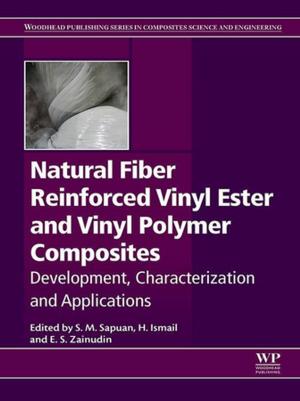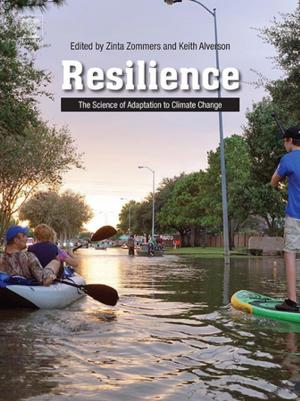A Guide to the Manufacture, Performance, and Potential of Plastics in Agriculture
Nonfiction, Science & Nature, Technology, Textiles & Polymers, Material Science| Author: | ISBN: | 9780081021767 | |
| Publisher: | Elsevier Science | Publication: | March 16, 2017 |
| Imprint: | William Andrew | Language: | English |
| Author: | |
| ISBN: | 9780081021767 |
| Publisher: | Elsevier Science |
| Publication: | March 16, 2017 |
| Imprint: | William Andrew |
| Language: | English |
The use of plastics in agriculture – to increase crop output, improve food quality and improve sustainability – has grown substantially in both quantity and the range of applications. Many of the early researchers that conducted field research in the use of plastics in agriculture have either retired or are deceased. These early pioneers in plasticulture research, the basis of plant production using plastics, were very creative and persistent in discovering uses of plastics in agricultural applications.
A Guide to the Manufacture, Performance, and Potential of Plastics in Agriculture contains both references not only to their accomplishments but also their publications. The book discusses plasticulture-the basis of plant production using plastics – including topics such as plastic mulch, row covers, drip irrigation, and high/low tunnels. It covers the process of producing polyethylene and polypropylene plastics that are used in plant and animal production agriculture, and the many uses of plastics in all aspects of agriculture, including plastic greenhouses, rigid mold plastics, disposal of plastics, and plastics in animal production.
This book introduces a range of academics and industrial practitioners to the impact of plastics in agriculture, both historically and in a range of current applications. It also provides new perspectives on future developments to enable further research and application. It is an invaluable reference on the use of polyethylene, polypropylene films, and such products in all aspects of agricultural production.
- Discusses plasticulture, the basis of plant production using plastics, including topics such as plastic mulch, row covers, drip irrigation, and high/low tunnels
- Contains 10 chapters that cover the process of producing polyethylene and polypropylene plastics that are used in agriculture
- Covers the many uses of plastics in all aspects of agriculture, including plastic greenhouses, rigid mold plastics, disposal of plastics, and plastics in animal production
The use of plastics in agriculture – to increase crop output, improve food quality and improve sustainability – has grown substantially in both quantity and the range of applications. Many of the early researchers that conducted field research in the use of plastics in agriculture have either retired or are deceased. These early pioneers in plasticulture research, the basis of plant production using plastics, were very creative and persistent in discovering uses of plastics in agricultural applications.
A Guide to the Manufacture, Performance, and Potential of Plastics in Agriculture contains both references not only to their accomplishments but also their publications. The book discusses plasticulture-the basis of plant production using plastics – including topics such as plastic mulch, row covers, drip irrigation, and high/low tunnels. It covers the process of producing polyethylene and polypropylene plastics that are used in plant and animal production agriculture, and the many uses of plastics in all aspects of agriculture, including plastic greenhouses, rigid mold plastics, disposal of plastics, and plastics in animal production.
This book introduces a range of academics and industrial practitioners to the impact of plastics in agriculture, both historically and in a range of current applications. It also provides new perspectives on future developments to enable further research and application. It is an invaluable reference on the use of polyethylene, polypropylene films, and such products in all aspects of agricultural production.
- Discusses plasticulture, the basis of plant production using plastics, including topics such as plastic mulch, row covers, drip irrigation, and high/low tunnels
- Contains 10 chapters that cover the process of producing polyethylene and polypropylene plastics that are used in agriculture
- Covers the many uses of plastics in all aspects of agriculture, including plastic greenhouses, rigid mold plastics, disposal of plastics, and plastics in animal production















